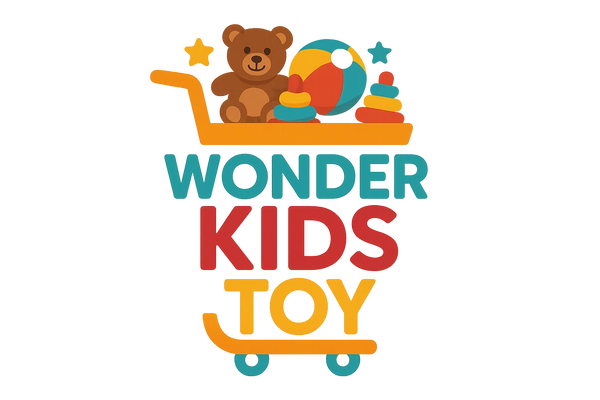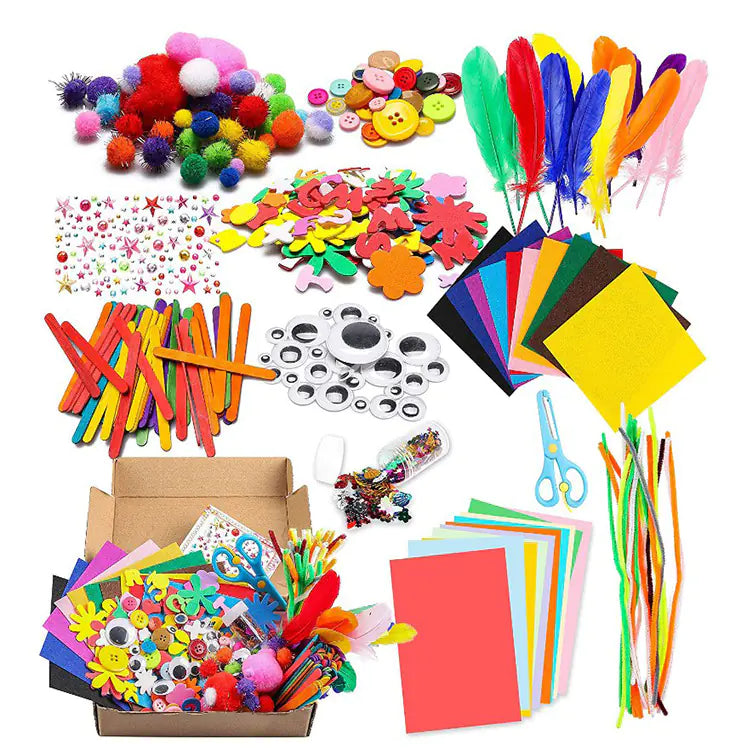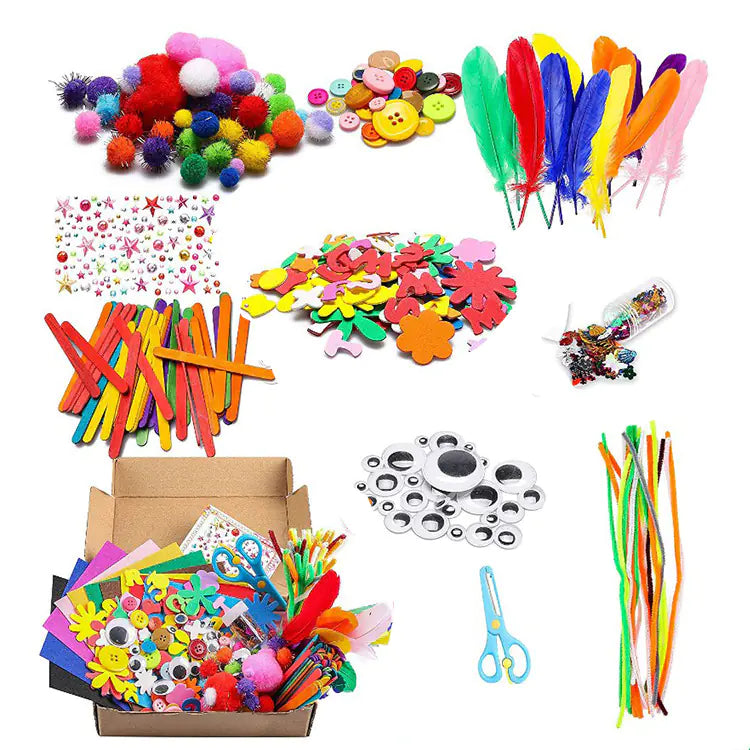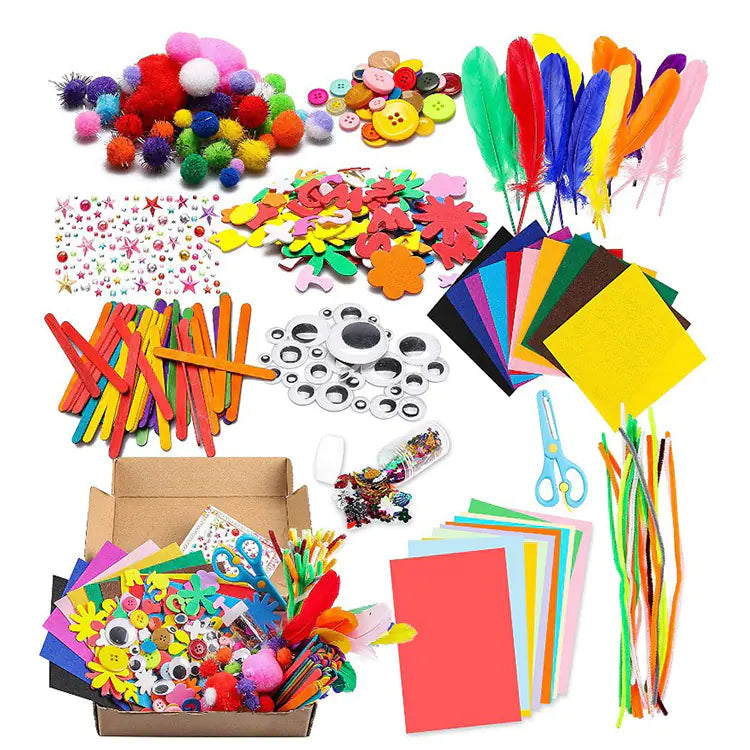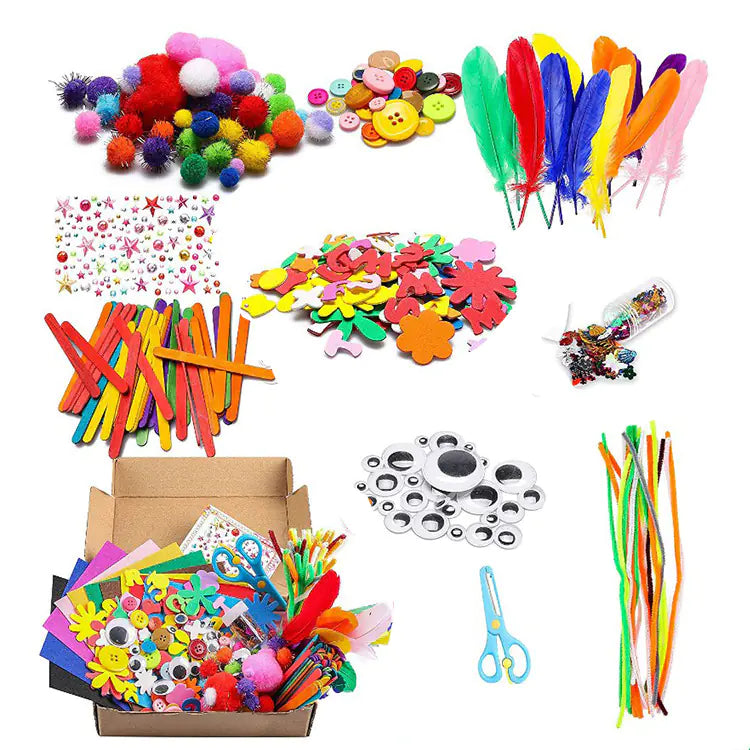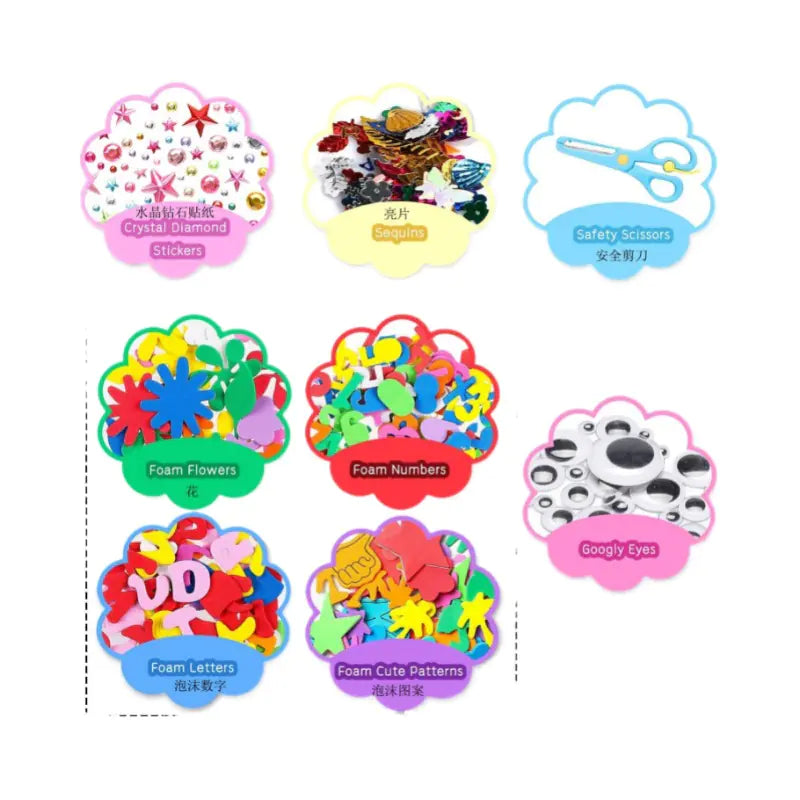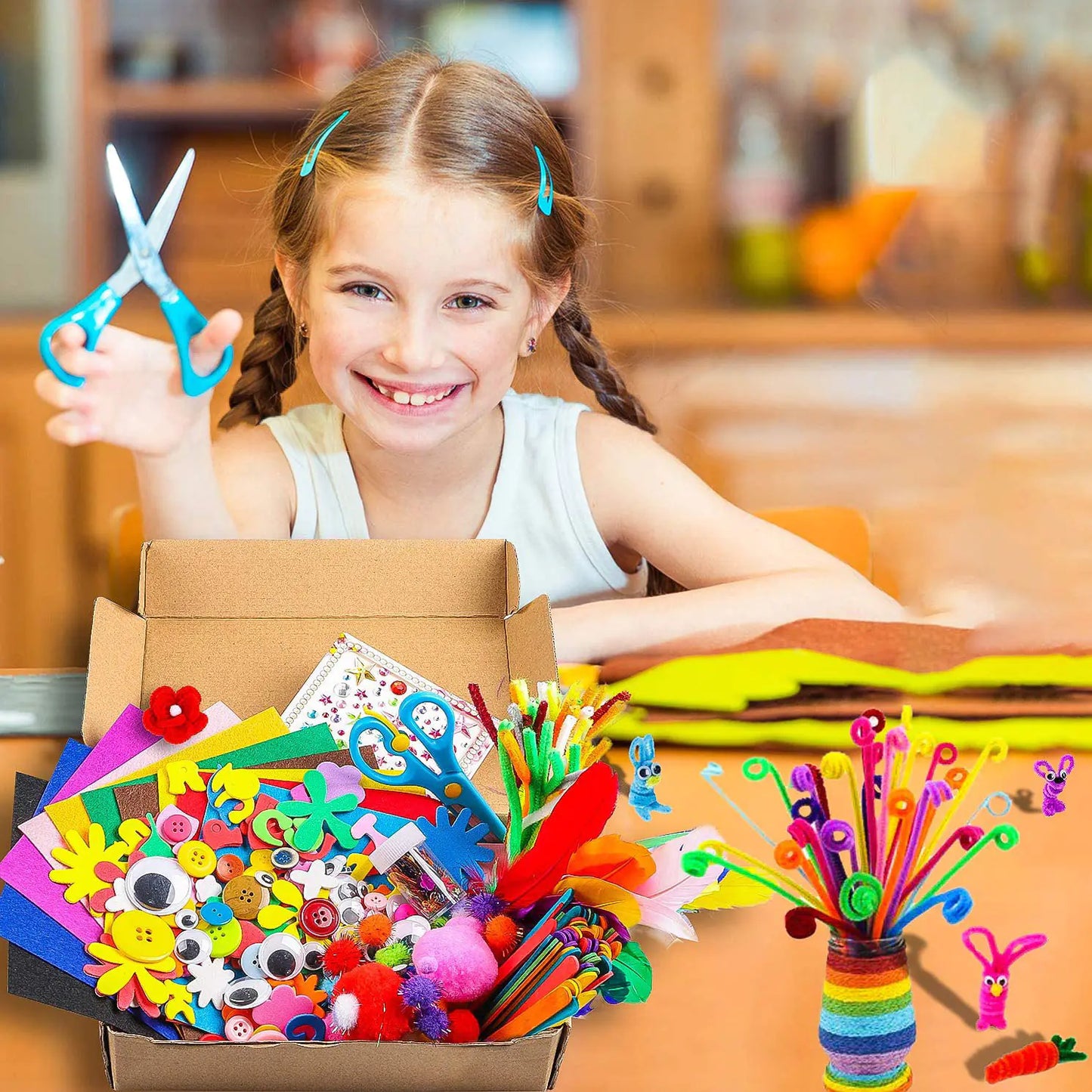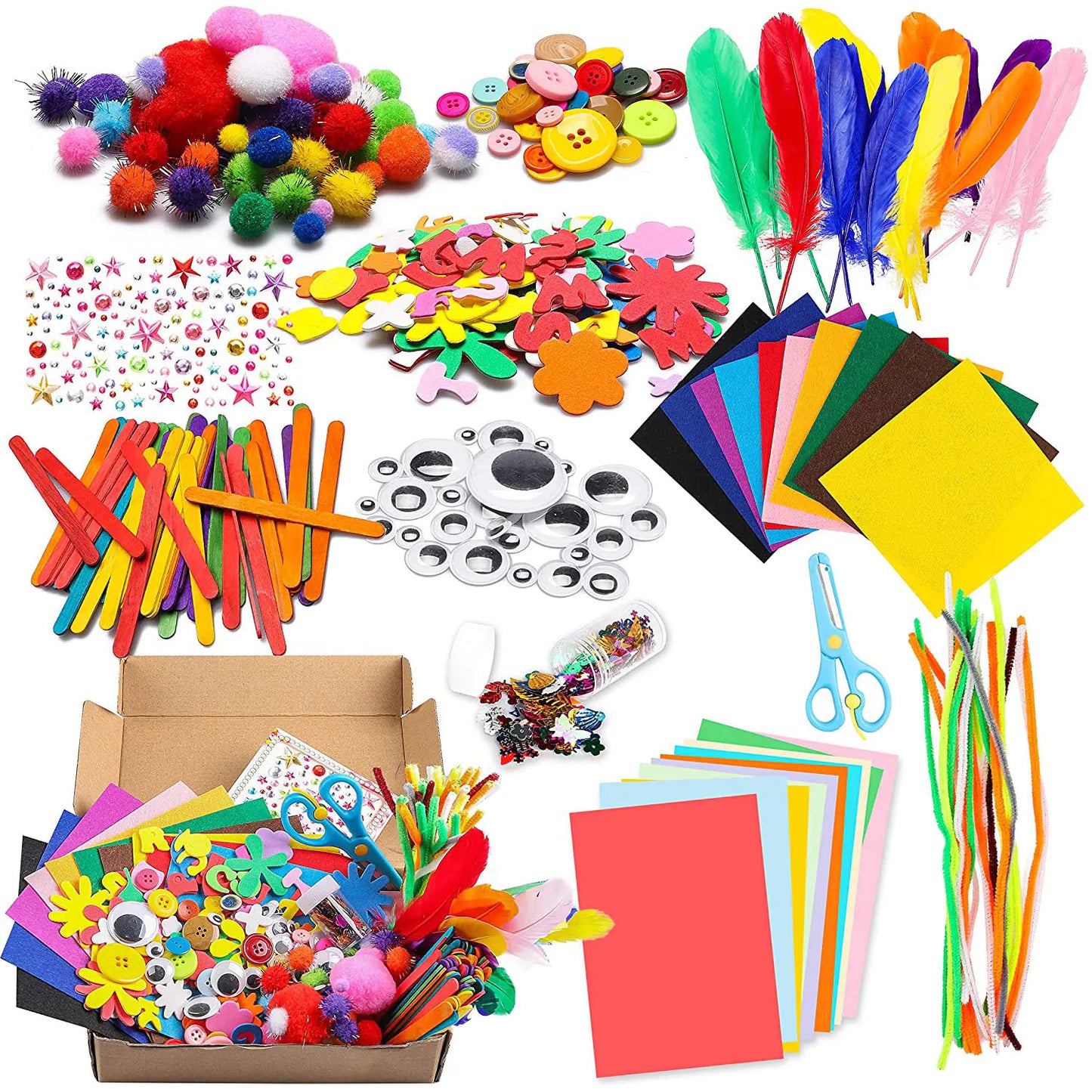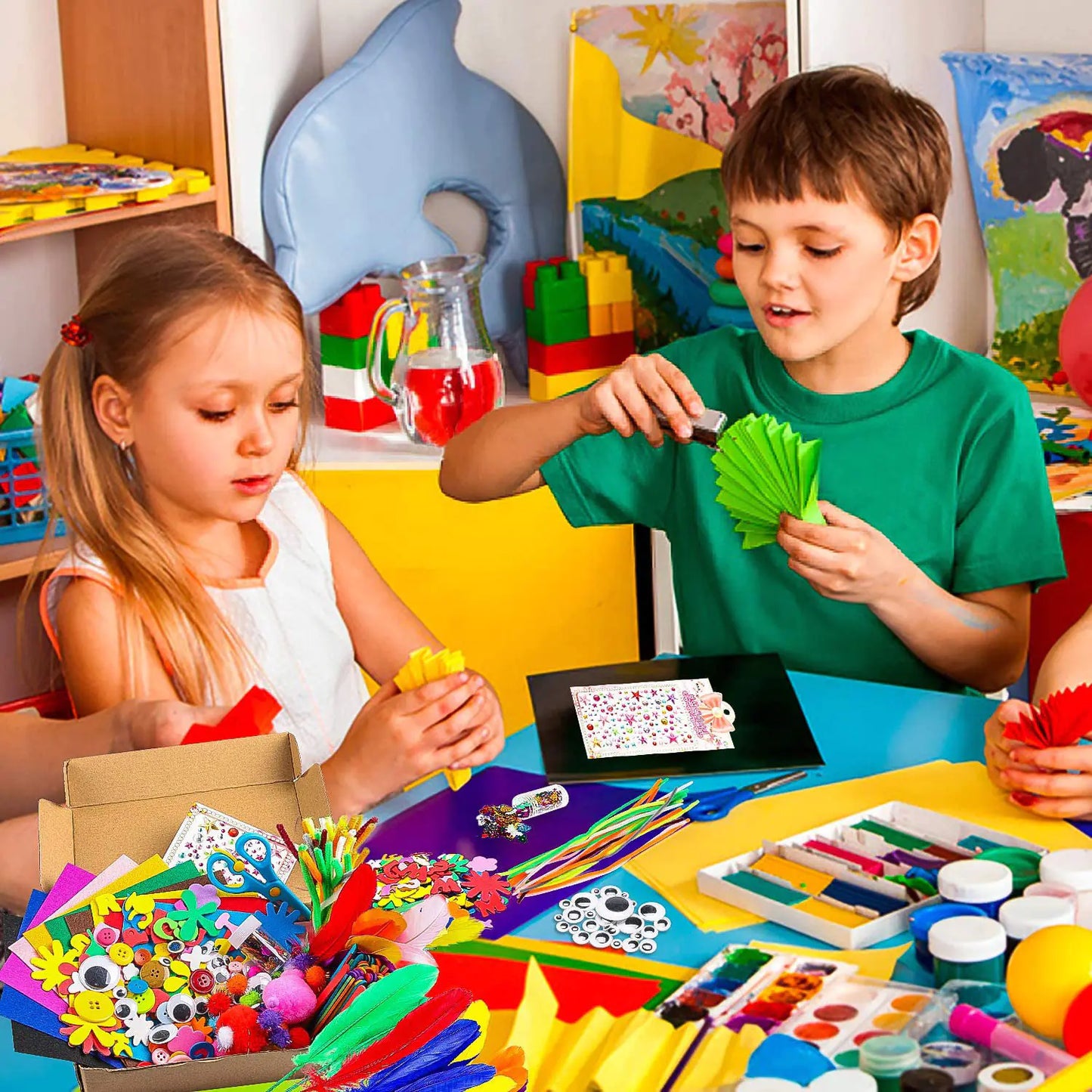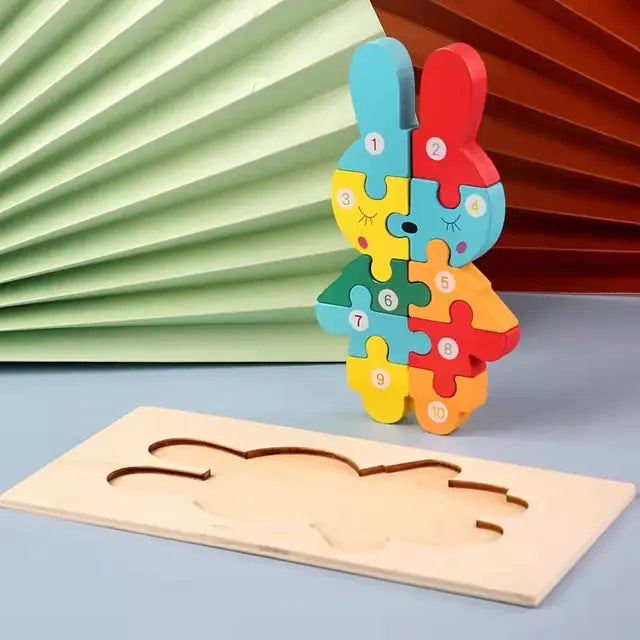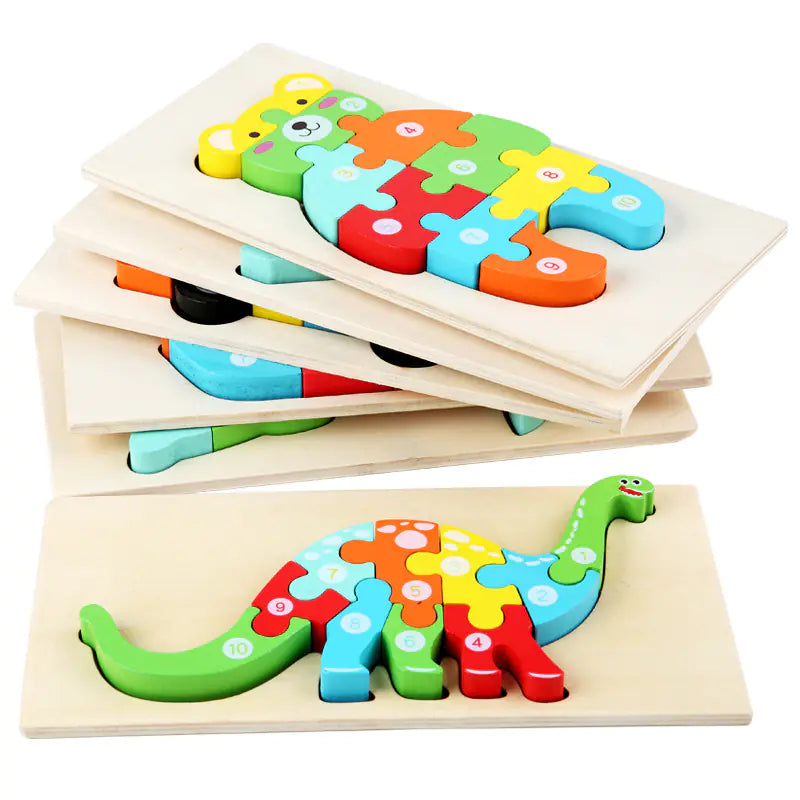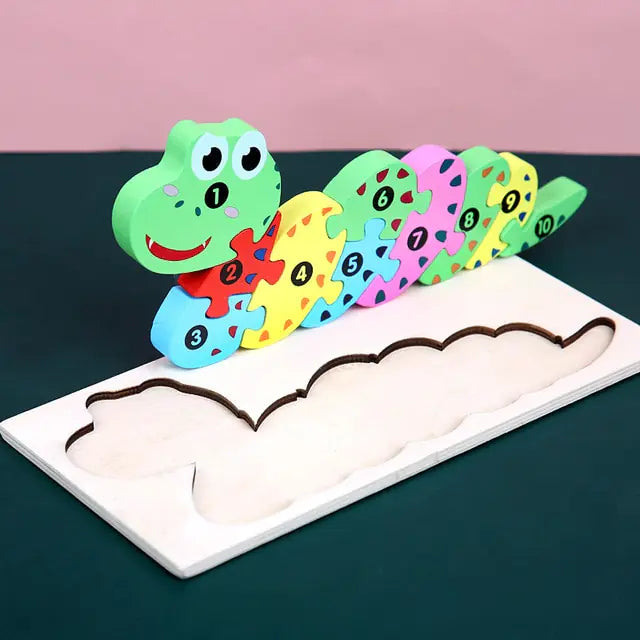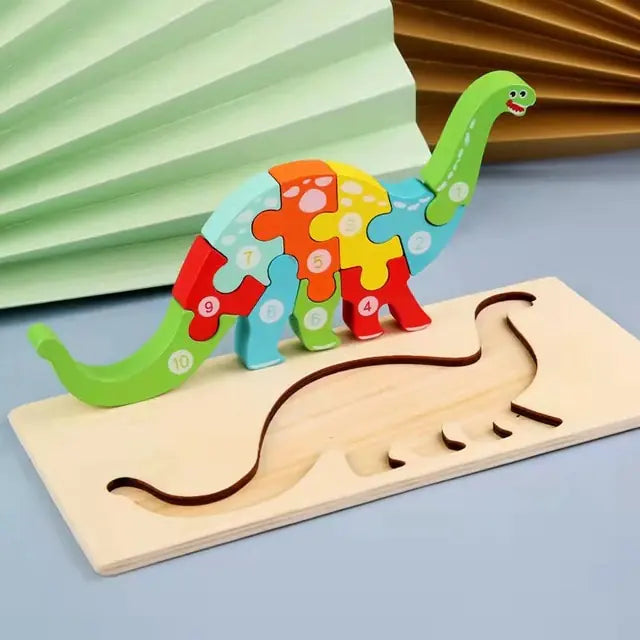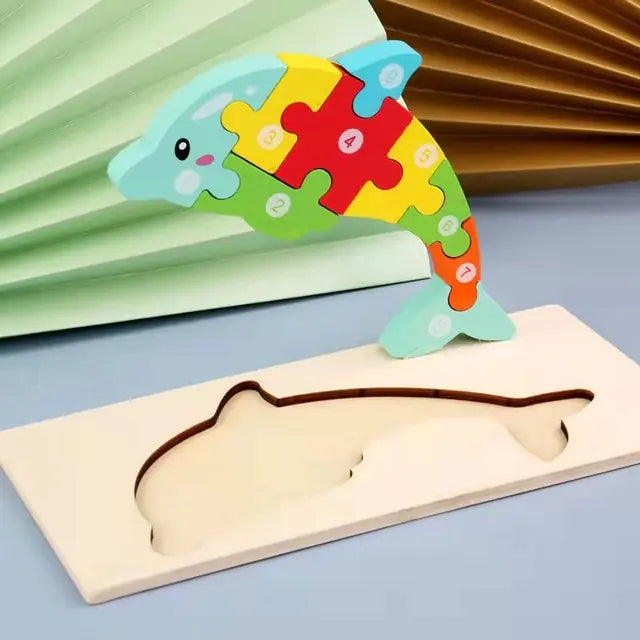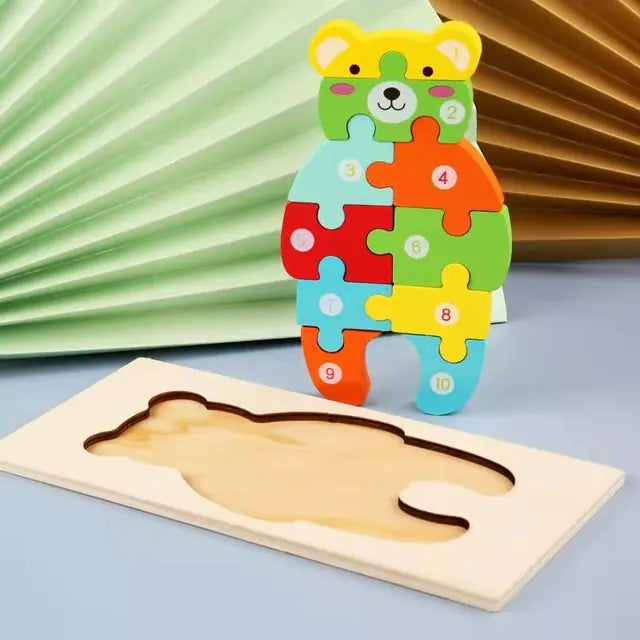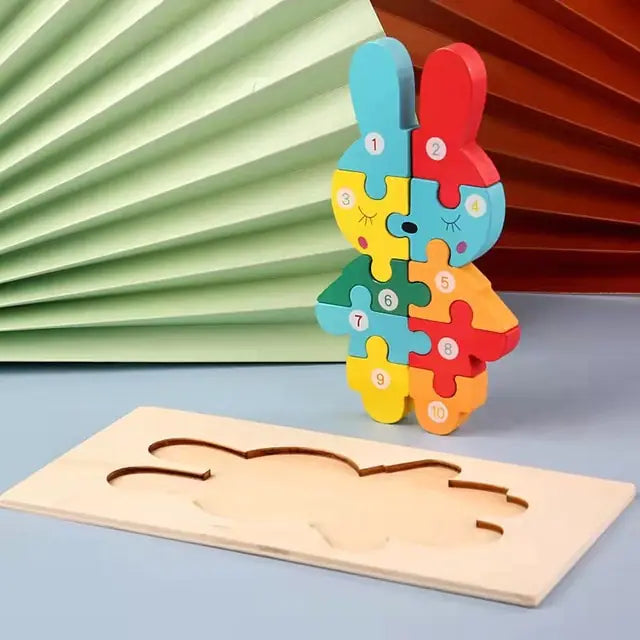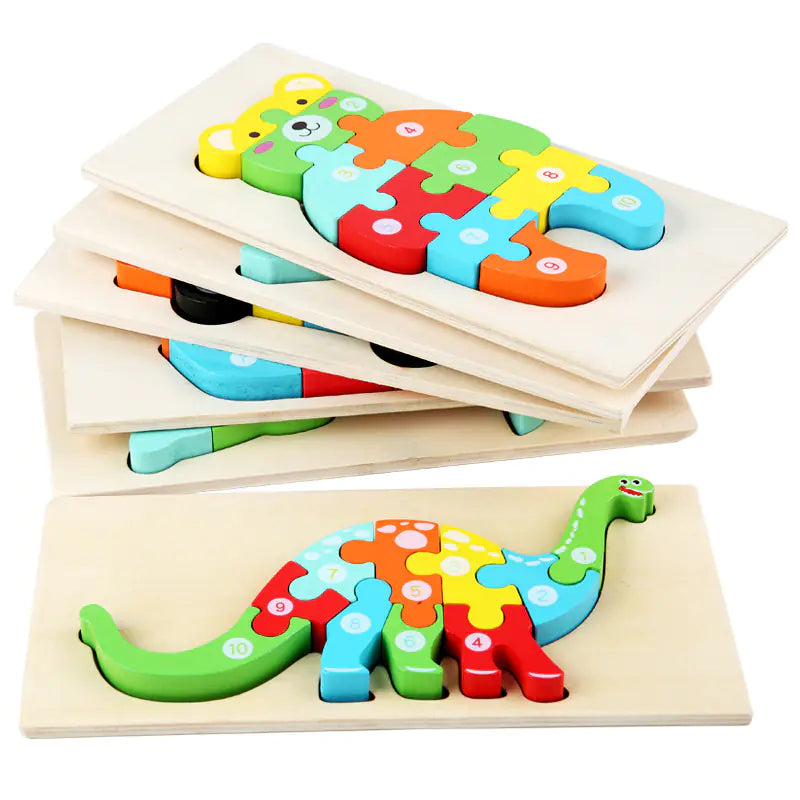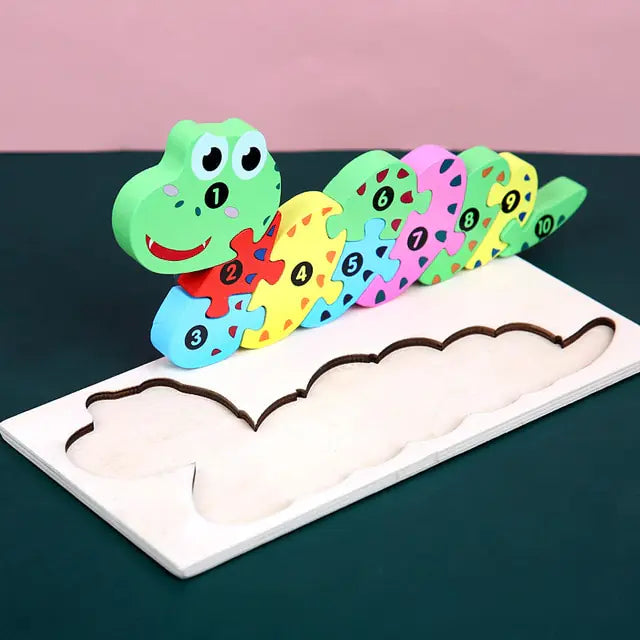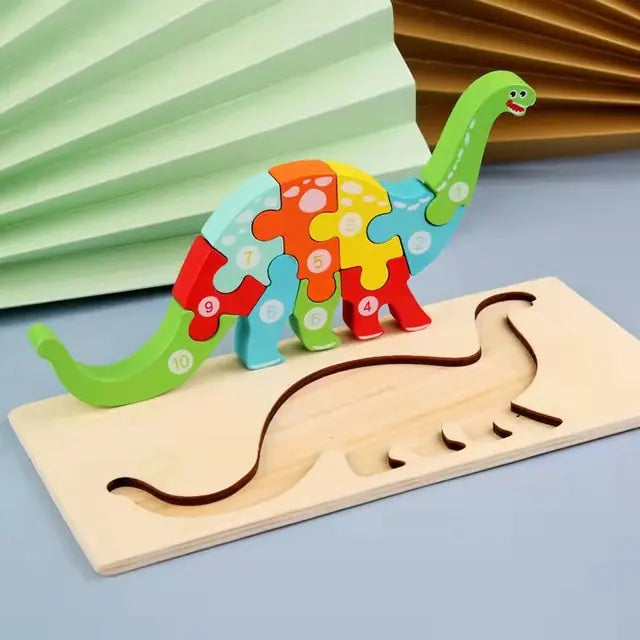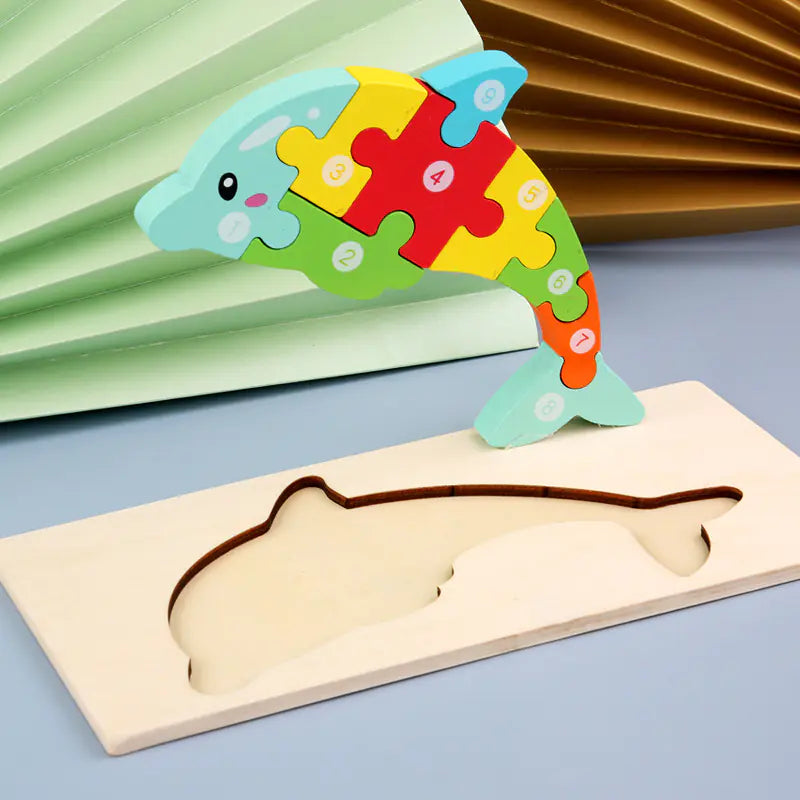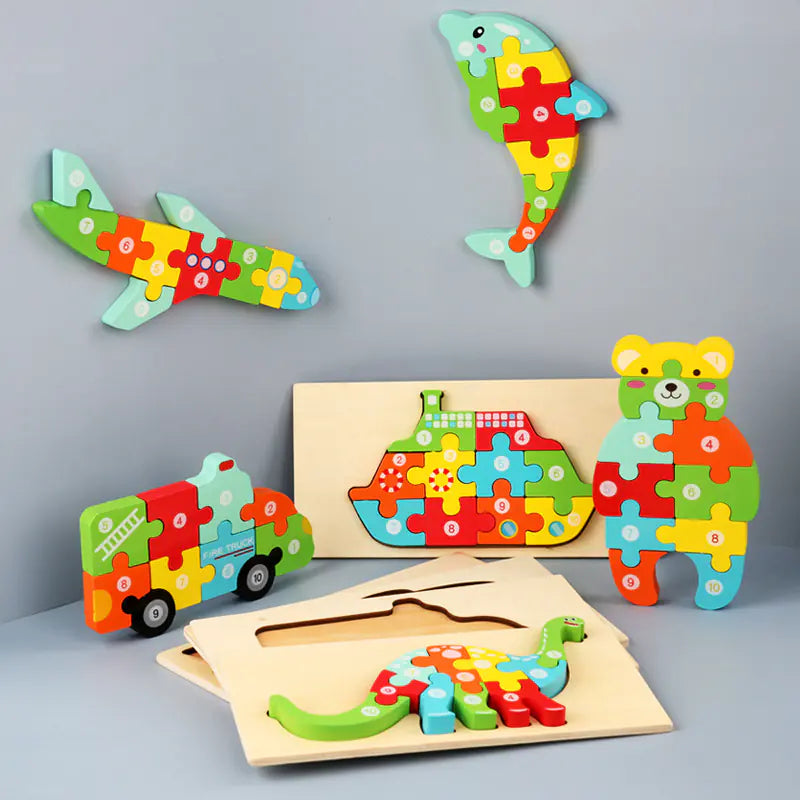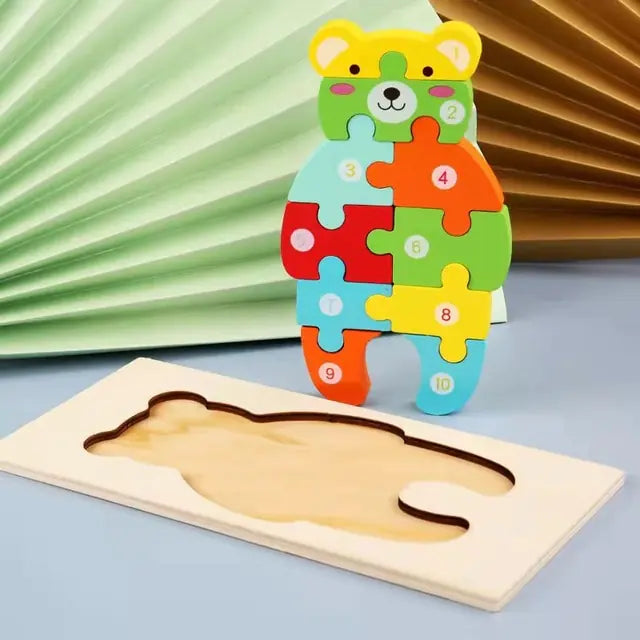Choosing the right toy for your child can be tough. It's even harder to find musical toys that foster development and fun. There are so many options out there, it's hard to know where to begin.

I understand how important it is to make the right choice. That's why I'm here to help you. When picking a learning toy, consider its benefits for development. Also, consider the material (wood or plastic) and whether it's right for your child's age.
By keeping these points in mind, you can find the ideal toy. It should make your child happy and help them grow in important ways.
Key Takeaways
- Consider your child's age and developmental stage when selecting a musical toy.
- Choose toys made from safe, durable materials such as wood or non-toxic plastic.
- Opt for toys with multiple learning benefits, such as cognitive development and creativity.
- Explore options available at your local learning toy store .
- Ensure the toy is engaging and fun for your child.
The Power of Music in Early Childhood Development
Music is a big part of a child's early life. It shapes their growth in many ways. It's a universal language that touches hearts and minds, making it key in early learning.
Music is vital for a child's brain development. Studies show it boosts memory, language, and spatial skills. This is because music simultaneously works on many brain areas, helping connections grow.
How Music Shapes the Growing Brain
When kids hear music, their brains start to change. Music shapes neuroplasticity, the brain's ability to adapt. Music makes the brain's sound area work better, improving memory and focus.
The Connection Between Music and Cognitive Skills
Music and brain skills are closely linked. Studies have shown that music helps with language and math. Musical toys offer a fun way for kids to learn music.
Adding musical toys to a child's life is educational and fun. Parents can find these toys online or in stores. It's a great way to support their child's brain growth.
Musical Toys for Babies: The Foundation of Auditory Learning
Auditory learning starts at birth, and musical toys are essential. As a parent, introducing your baby to music is rewarding. It helps build their cognitive skills.
First Sound Experiences and Brain Development
The first sounds are vital for brain growth. Studies show babies can tell different sounds and rhythms from a few months old. Musical toys with various sounds can boost this skill, helping their hearing grow. Look for these toys at an online toy store with many educational musical toys.
Building Neural Pathways with Rhythm and Melody
Rhythm and melody are key in forming brain connections in babies. Toys with rhythm and melody create a strong musical base. These early sounds also improve memory and language. When buying educational toys online, choose ones with rhythm and melody for the best benefits.
Choosing the right musical toys gives your baby a rich sound world. It's not just fun; it's building a strong base for their future thinking skills.
Developmental Benefits of Musical Toys by Age Group
It is essential to know how musical toys help kids grow at different ages. These toys are made for various age groups, and each group gets special benefits that match their growth.
0-6 Months: Sensory Exploration and Bonding
Infants from 0 to 6 months use musical toys for sensory fun and bonding. Toys with soft sounds, like music boxes, grab their attention, helping them connect with the world and bond with caregivers.
6-12 Months: Cause and Effect Learning
When children are 6-12 months old, musical toys help them learn cause and effect. Toys that make sounds when touched, like rattles, teach them about actions and results, which is key for their brain growth.
1-2 Years: Rhythm, Movement, and First Instruments
Kids aged 1-2 start to enjoy rhythm and movement. Simple instruments like xylophones let them play and learn about sounds. They also move more, using music to express themselves.
2-4 Years: Creative Expression and Language Development
Musical toys help with creativity and language for kids 2-4 years old. They use instruments or sing-along toys to improve their language skills, and this play boosts their imagination and self-expression.
Knowing the benefits of musical toys for different ages helps parents pick educational gifts. Musical toys, whether a simple rattle or a complex instrument, are essential for a child's growth.
Types of Musical Toys That Enhance Different Skills
Musical toys are made for kids with different skills. It's key to pick one that matches what you want to help your child with. There's a toy for it, whether it's better motor skills, hearing sounds, or learning words.
Percussion Instruments for Motor Skills and Coordination
Percussion toys like drums and xylophones boost motor skills and coordination. Kids improve their hand-eye coordination and fine motor skills. For example, playing a drum or xylophone requires precision and control, making hands more dexterous.
String and Wind-Inspired Toys for Auditory Discrimination
Toys like kid-friendly guitars or flutes are great for hearing skills. They help kids tell apart different sounds and pitches. This is the start of understanding and loving music. Playing with these toys sharpens a child's ability to recognize and play musical notes.
Sing-Along Toys for Language and Memory Development
Sing-along toys, like musical keyboards or singing animals, are suitable for language and memory. They make kids repeat songs and melodies, boosting memory and language. They also teach rhythm and cadence, helping with reading.
Choosing the right musical toy can help your child grow. The benefits are enormous, whether it's STEM toys that mix music with science or simple toys for babies.
Wood vs. Plastic: Choosing the Right Material for Musical Toys
Choosing between wooden and plastic musical instruments is essential. It's about sound quality, durability, and how it affects the environment. As a parent, you're investing in your child's musical journey.
Wood and plastic are the main options for musical toys. Each has its own good and bad points.
The Authentic Sound Quality of Wooden Instruments
Wooden instruments are known for their real sound. The natural resonance of wood makes music more enjoyable for kids. "Wood has a warmth that plastic can't replicate," says a music teacher.
The rich tones of wooden instruments help kids appreciate music more.
Durability and Environmental Considerations
Plastic instruments are durable and can handle rough play, making them good for younger kids. However, plastic toys harm the environment.
Many parents choose wooden toys because they're eco-friendly. Wooden toys are biodegradable.
When Plastic Makes Sense for Musical Toys
Plastic has its benefits. It's often cheaper and easier to clean. This is good for parents who want practicality.
Some plastic instruments are very durable. They can handle rough play well.
In conclusion, choosing between wood and plastic depends on several factors. Consider your child's age, budget, and values. This way, you can make a choice that fits your priorities when shopping at a learning toy store or online.
Safety First: What to Look for When Buying Musical Toys
When you're looking for musical toys, safety is key. It's not just about fun; it's about your child's growth and health. Make sure the toy is safe and right for your child's age.

Age-Appropriate Safety Features and Design
Musical toys have special safety features for different ages. Look for toys without small parts that could be a choking risk for little ones. They should also be made to last, even when kids play hard. Check the product description for age recommendations at an educational toys online shop or online toy store.
| Age Group | Safety Features to Look For |
|---|---|
| 0-12 Months | Soft, large parts; no detachable small parts |
| 1-3 Years | Durable construction; secure batteries |
| 3+ Years | Complex features; ensure no sharp edges |
Non-Toxic Materials and Sound Level Considerations
It's also important to check the materials used in the toy. For your child's safety, choose toys made from non-toxic materials. Also, think about the toy's sound level. Some toys can be too loud and hurt your child's ears. Look for toys with volume controls or those that are quieter.
Budget-Friendly Musical Toys That Don't Sacrifice Quality
Finding the perfect musical toy for your child doesn't have to be expensive. As a parent, you want the best for your child. Musical toys are key in their development; you don't have to spend a lot to get quality.
There are many ways to get musical toys without spending too much. You can make your own, look for affordable STEM toys, or buy better instruments later. These options help you give your child a great musical start without breaking the bank.
DIY Musical Toy Ideas for Creative Parents
Making musical toys is fun and rewarding. You can make simple instruments like shakers, drums, or maracas from household items. For example, you can fill plastic bottles with beads or rice for a shaker or use pots and pans for drums. This saves money and encourages creativity and bonding.
Best Value STEM Educational Toys Under $30
If DIY isn't your thing, many affordable STEM toys are available online. Look for musical keyboards, rhythm instruments, and music games. When shopping, find retailers with a wide selection of educational gifts. Check reviews to ensure you're getting a quality product.
When to Invest in Higher-End Instruments
While budget-friendly toys are great for starting, sometimes better instruments are needed. If your child loves music and wants to learn, investing in a quality instrument is worth it. This could be a violin or drum set for a more realistic musical experience and to help them improve.
By exploring these options, you can give your child a great musical experience without spending a lot. Whether you make your toys, buy affordable STEM toys, or invest in better instruments, the key is to make music fun and engaging for your child.
How to Introduce Musical Toys to Reluctant Children
When kids don't want to play with musical toys, parents can try a few things. The goal is to make it fun and engaging for them.
Making Music a Fun, No-Pressure Activity
Start by making music fun and stress-free. Kids are more likely to play with musical toys if they feel relaxed. Begin by playing with the toys, showing how they work and sound, without expecting your child to join immediately.
Make music a part of your daily life. This can help kids feel more comfortable with musical toys. Try having a "music session" where you play different instruments or toys. Let your child join in or watch.
Tips for a No-Pressure Music Experience:
- Play musical toys in a relaxed setting.
- Encourage exploration without setting expectations.
- Make music a part of daily routines, like during bath time or driving.
Modeling Musical Play for Your Child
Children learn by watching, so show them how to play with musical toys. When you enjoy playing instruments or toys, your child is likelier to want to try them too.
"Music is the divine way to tell beautiful, poetic things to the heart." - Pablo Casals
By playing musical toys with your child, you can show them how much fun it is. This introduces them to new sounds and instruments and strengthens your bond through shared experiences.
| Modeling Behavior | Child's Likely Response |
|---|---|
| Playing with musical toys with enthusiasm | Increased curiosity and willingness to try |
| Making music a part of daily routines | Becoming accustomed to musical toys and sounds |
| Encouraging exploration without pressure | Feeling comfortable to engage at their own pace |
Top Musical Toys That Grow With Your Child
Choosing musical toys that grow with your child is key. As a parent, you want toys that last and meet your child's changing needs. Here, we'll look at the best musical toys that adapt to your child's growth and offer new challenges.
These musical toys are great because they save money and keep learning fun. They're perfect for children of all ages, from babies to toddlers and beyond.

Adaptable Instruments for Multiple Developmental Stages
Adaptable instruments are smart choices because they suit different ages. For example, a xylophone or drum set can start as a toy for babies and teach them about rhythm and melody as they get older.
Here are some adaptable instruments:
- Xylophones or glockenspiels for learning musical notes and melody
- Drum sets for rhythm and timing
- Keyboard instruments for musical concepts and hand-eye coordination
Musical Toys That Offer Increasing Challenges
Musical toys that get harder as your child grows are great for keeping them interested. These toys evolve with your child, introducing new challenges and learning at each stage.
Here are some examples:
- Musical puzzle toys for problem-solving skills
- Interactive musical instruments for learning musical concepts and techniques
- Music-based games for memory and timing
You ensure a lifelong learning journey by picking musical toys that grow with your child. Whether at a learning toy store or shopping online, look for instruments and toys that adapt and offer new challenges.
Incorporating Musical Toys into Daily Routines
As a parent, you can use musical toys to improve your child's day. They help with bonding, learning, and growing, and adding music to daily tasks makes them more fun for everyone.
Music and Movement Activities for Families
Music and movement are great ways to bond with your family. Make a playlist of your child's favorite songs for a dance party. Use musical toys like maracas or tambourines to keep the rhythm.
This boosts physical activity and helps with hearing and creativity.
Here are some fun ideas:
- Freeze dance: Dance to music and freeze when it stops.
- Musical march: March around with music.
- Simon Says with a musical twist: Add musical actions like clapping.
Using Musical Toys for Transitions and Calming
Musical toys are great for transitions, like switching activities or bedtime. Soft music helps your child relax. Use a lullaby player or soft drum for a calm atmosphere.
When looking for musical toys online, check out an educational shop. Also, visit toy online shopping sites for new musical toys to improve your child's day.
Digital vs. Traditional Musical Toys: Finding the Right Balance
Finding the right mix of digital and traditional musical toys is key for a child's musical growth. As a parent, I always seek ways to introduce my child to music in a fun and educational manner.
Traditional musical toys, like wooden instruments and acoustic toys, offer a hands-on experience. This helps children develop their musical abilities. Digital musical toys, including apps and electronic instruments, provide an engaging and interactive way to learn music.
The Benefits of Unplugged Musical Play
Unplugged musical play has many benefits for kids. It lets them explore and understand sound and music's physical aspects. For example, playing a xylophone or drum improves their fine motor skills and hand-eye coordination.
| Benefits | Traditional Musical Toys | Digital Musical Toys |
|---|---|---|
| Motor Skills Development | Playing with drums and xylophones | Interactive apps with musical games |
| Cognitive Development | Understanding rhythm and melody | Learning music theory through apps |
When Apps and Electronic Toys Add Educational Value
While unplugged play is excellent, digital musical toys can be very educational. Music learning apps offer interactive lessons and exercises. These teach children about rhythm, melody, and music theory.
When choosing between digital and traditional musical toys, consider your child's needs and learning style. A balance between the two can provide a well-rounded musical education and help your child love music for life.
Cultural Exploration Through Musical Toys from Around the World
Musical toys open a window to cultures and traditions from all over. They let kids hear global sounds and play with instruments from different places. This way, we can help them appreciate the world's rich cultural heritage.
One great way to do this is by giving kids musical toys that show different cultures. These toys teach music and help kids see the world in a new light.
Introducing Global Sounds and Instruments
Many musical toys showcase global instruments. For example, a shamisen toy from Japan can introduce kids to Japanese music, and a djembe toy from West Africa can teach them about African rhythms.
| Instrument | Culture | Toy Version |
|---|---|---|
| Shamisen | Japanese | Simplified string instrument toy |
| Djembe | West African | Miniature drum toy |
| Sitar | Indian | Electronic sitar toy |
Building Appreciation for Musical Diversity
Introducing kids to musical toys worldwide helps them appreciate global music. This can make them more open to different music styles and cultures.
As parents and teachers, we have a significant role. We need to choose musical toys that are fun and educational. They should teach kids about the world's rich musical history.
Where to Shop: Finding Quality Educational Toys Online
Finding quality educational toys online can be challenging for parents. There are so many options that it's easy to get overwhelmed.
When looking for the right musical toy, where you shop matters; both specialized learning toy stores and general retailers have their benefits.
Specialized Learning Toy Stores vs. General Retailers
Specialized stores focus on high-quality, educational toys. They offer a personalized shopping experience with knowledgeable staff. General retailers like Amazon or Walmart have a wide selection and reasonable prices, but quality can vary.
Consider what's most important: variety, price, or the retailer's expertise.
| Retailer Type | Product Quality | Price Range | Expertise |
|---|---|---|---|
| Specialized Stores | High | Variable | High |
| General Retailers | Variable | Competitive | Low |
Reading Reviews and Making Informed Choices
Reading reviews is key, no matter where you shop. Look for products with lots of reviews and a good rating. Be cautious of reviews that seem too good or too bad.
When reading reviews, focus on the content and context. Do they talk about the toy's educational value or how long it lasts? Are there common complaints or praises?
By carefully reading reviews, you can make a better choice and ensure that you get a high-quality musical toy that's right for your child.
Harmonizing Fun and Learning with the Perfect Musical Toy
Choosing the right musical toy for your child is key to their growth. Look at age, material, and learning benefits. This way, you find a toy that's both fun and educational.
When looking for the best musical toy, check out learning toy stores or online shops. You'll find many options, and you can read what other parents think. This will help you choose wisely.
The perfect musical toy can start your child's love for music and learning. Follow the tips in this article. You'll find the perfect instrument to boost their creativity and growth.
